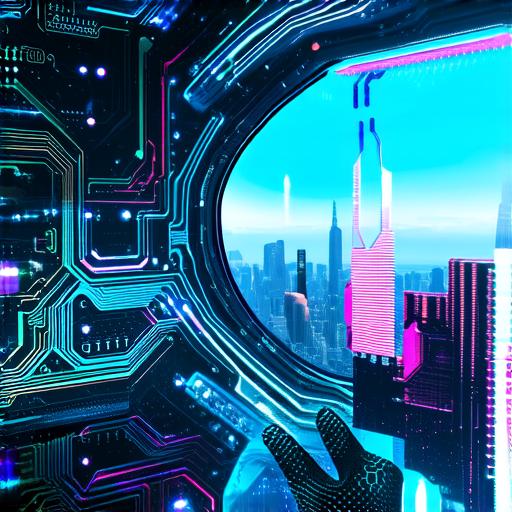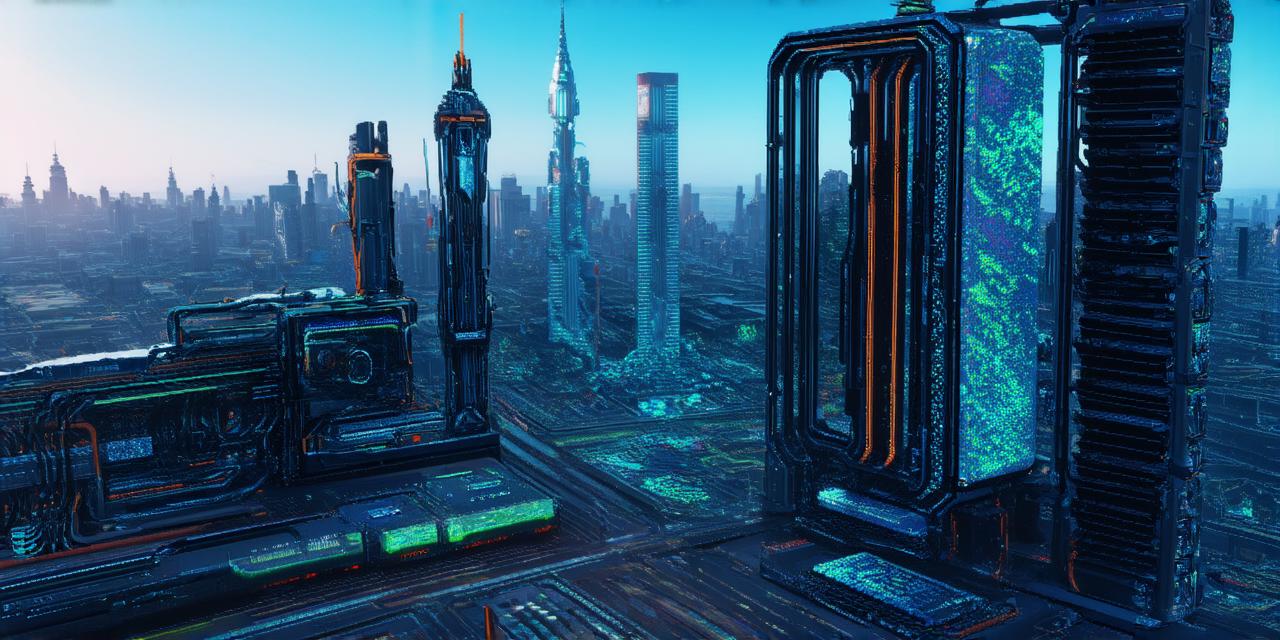Augmented Reality
AR is a technology that overlay digital information onto the real world. This digital information can be in the form of images, animations, or other interactive elements. AR apps use the camera on a device to capture the physical world, then add digital elements to create an enhanced view. For example, the popular game Pokemon Go uses AR to allow players to catch virtual creatures in real-world locations.
Virtual Reality
VR is a technology that creates a completely immersive digital environment. When using VR headsets, users are fully immersed in a simulated world. VR technology can be used for gaming, training, education, and more. For example, medical students can use VR to practice surgeries in a safe and controlled environment.
Mixed Reality
MR combines the best of AR and VR technologies. MR allows users to interact with both the physical and digital worlds simultaneously. MR apps use cameras and sensors to track the user’s movements, then overlay digital elements onto the real world. For example, IKEA’s AR app allows users to visualize furniture in their homes before purchasing it.
Case Studies and Personal Experiences
Let’s take a closer look at some examples of how these technologies are being used in practice.
Augmented Reality
in Retail
AR has been used in retail to enhance the shopping experience. For example, Sephora’s AR app allows customers to try on makeup virtually. Customers can see how different products will look on their skin before making a purchase. This has led to increased customer satisfaction and reduced return rates.
Virtual Reality
in Education
VR has been used in education to create immersive learning experiences. For example, the Anatomy VR app allows medical students to explore the human body in 3D. Students can interact with different organs and systems to gain a better understanding of how they work. This has led to improved retention and better test scores.
Mixed Reality
in Gaming

MR has been used in gaming to create new and exciting experiences. For example, the game Minecraft Earth uses MR to allow players to build structures in the real world. Players can interact with other players and explore new locations while playing the game. This has led to increased engagement and retention.
Comparisons and Figurative Language
AR, VR, and MR can be compared to different forms of media. AR is like a painting that overlays digital elements onto the real world, VR is like a movie that immerses you in a completely new world, and MR is like a hybrid of both. These technologies allow us to create experiences that were previously impossible.
Real-Life Examples
AR, VR, and MR are already being used in various industries, including healthcare, manufacturing, and entertainment. For example, AR has been used in manufacturing to improve assembly line efficiency, VR has been used in healthcare to train doctors and nurses, and MR has been used in the automotive industry to design new cars.
Summary
AR, VR, and MR are powerful technologies that have the potential to transform the way we interact with the world around us. These technologies allow us to create immersive experiences that blur the line between the physical and digital worlds. As these technologies continue to evolve, we can expect to see even more innovative uses in the future.
FAQs
1. What is the difference between AR, VR, and MR?
AR overlays digital information onto the real world, VR creates a completely immersive digital environment, and MR combines the best of AR and VR technologies to allow users to interact with both the physical and digital worlds simultaneously.
2. What are some real-life examples of AR, VR, and MR?
AR has been used in retail to enhance the shopping experience, VR has been used in education to create immersive learning experiences, and MR has been used in gaming to create new and exciting experiences.
3. How do AR, VR, and MR work?
AR apps use cameras on a device to capture the physical world and add digital elements to create an enhanced view. VR technology creates a completely immersive digital environment by tracking the user’s movements and displaying a simulated world. MR apps use cameras and sensors to track the user’s movements and overlay
